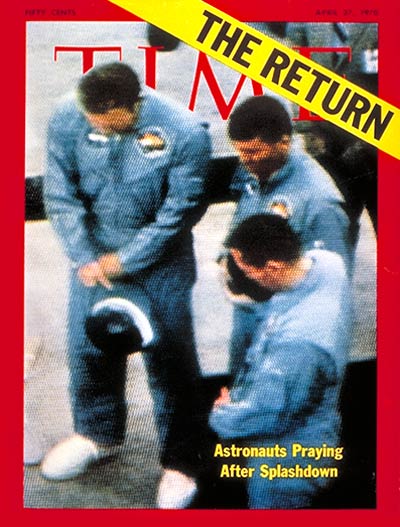
Forty-five years ago, on April 11, 1970, when Apollo 13 was launched into space, manned missions to the moon were just starting to seem like something that the U.S. had a handle on. The space race had been won. There had been no recent disasters. The technology had already been proven. Discussions of NASA missions were as likely to involve budget bickering as they were grand dreams of exploration.
So what happened to Apollo 13 was, TIME noted a few weeks later, when the astronauts on board had safely returned to earth after their calamitous journey, a reminder of the ever-present danger and bravery involved in space flight.
The mission, with its ruptured oxygen tank and aborted attempt to land on the moon, was also a reminder of just how complicated the science behind such flights can be.
To see TIME’s 1970 illustration explaining how the astronauts made it home safely, roll over the diagram (or, on mobile, click) to zoom:
In order to explain that science, TIME took readers from Commander Jim Lovell’s “understatement of the space age” (“I believe we’ve had a problem here,” he told the ground controllers in Houston), to the loss of oxygen and electricity in the spacecraft, to the decision to use the moon’s gravity to send the ship home:
If the astronauts could use a small burn of the Aquarius descent engine to jog Apollo 13 back into a “free-return” trajectory, the combination of the spacecraft’s velocity and lunar gravity would do the rest, slinging the ship around the moon and hurling it back on a direct course to the earth. Ironically, Apollo had been on a free-return trajectory, but its course was changed in preparation for the lunar landing.
Thus, five hours and 25 minutes after the service-module explosion, the lunar module’s descent engine was fired. Had it not burned, Apollo 13 would have swung around the moon but missed the earth on the return trip by 2,951 miles and gone into a wide-ranging earth orbit, stranding the astronauts. But the lunar module engine performed reliably. With only a 30.7-second burn, it put Apollo 13 on a course that would carry it toward a splashdown in the Indian Ocean. Houston—and the world—breathed easier, but Mission Control knew that the burn was only a stopgap measure. The calculated splashdown area was not only far away from any U.S. recovery ships, but it would also take 74 hours to reach—perhaps longer than the LM’s dwindling supply of water, oxygen and electricity would last.
Still, not everything about Apollo 13 was complicated. The feeling of gratitude that swept the nation when, on April 17, the crew splashed down safely, was strong but simple. “James Lovell added his own benediction when the astronauts first set foot on land en route home,” TIME noted. “Welcomed by gaily-dressed Samoans on Pago-Pago, Lovell said: ‘We do not realize what we have on earth until we leave it.'”
See the full 1970 report on Apollo 13, here in the TIME Vault: Apollo’s Return
PHOTOS: 20 Breathtaking Images of Earth From Space
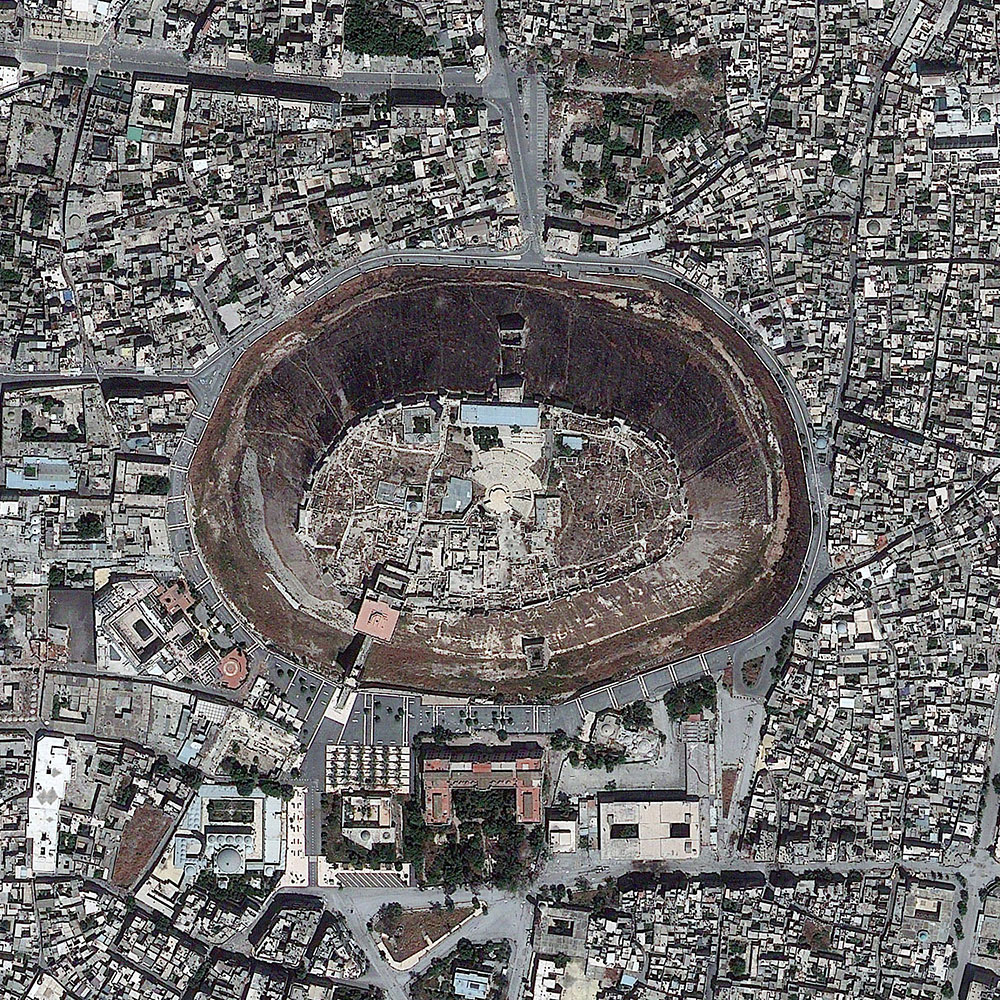
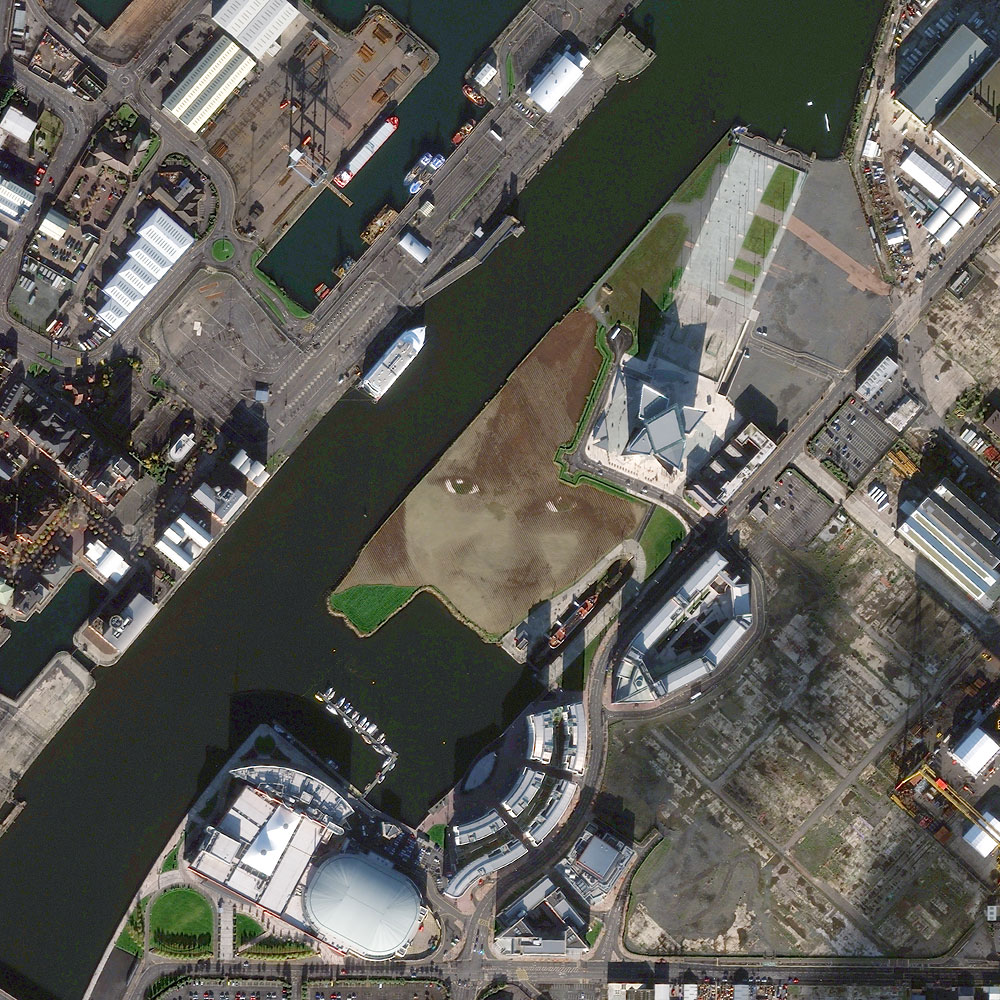
![{
bandList =
[
4;
3;
2;
]
} Colorado River](https://api.time.com/wp-content/uploads/2014/03/colorado.jpg?quality=75&w=2400)
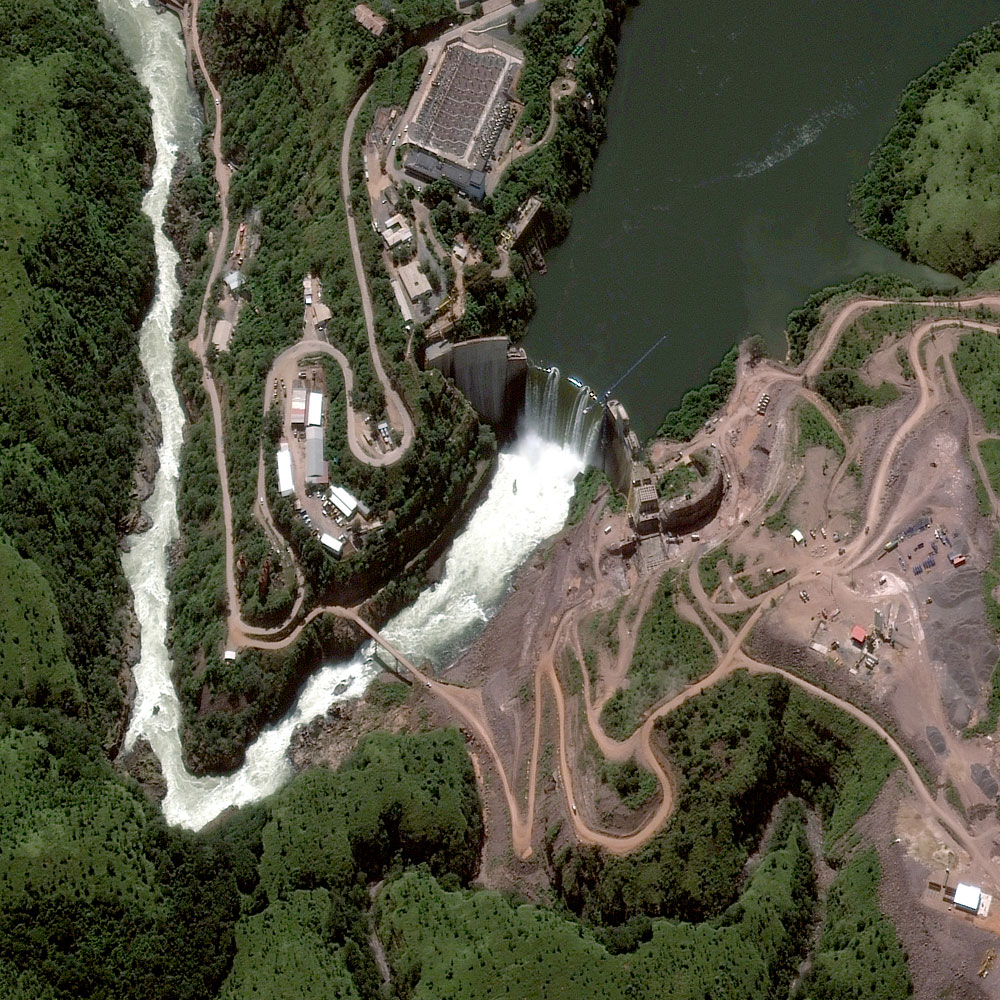
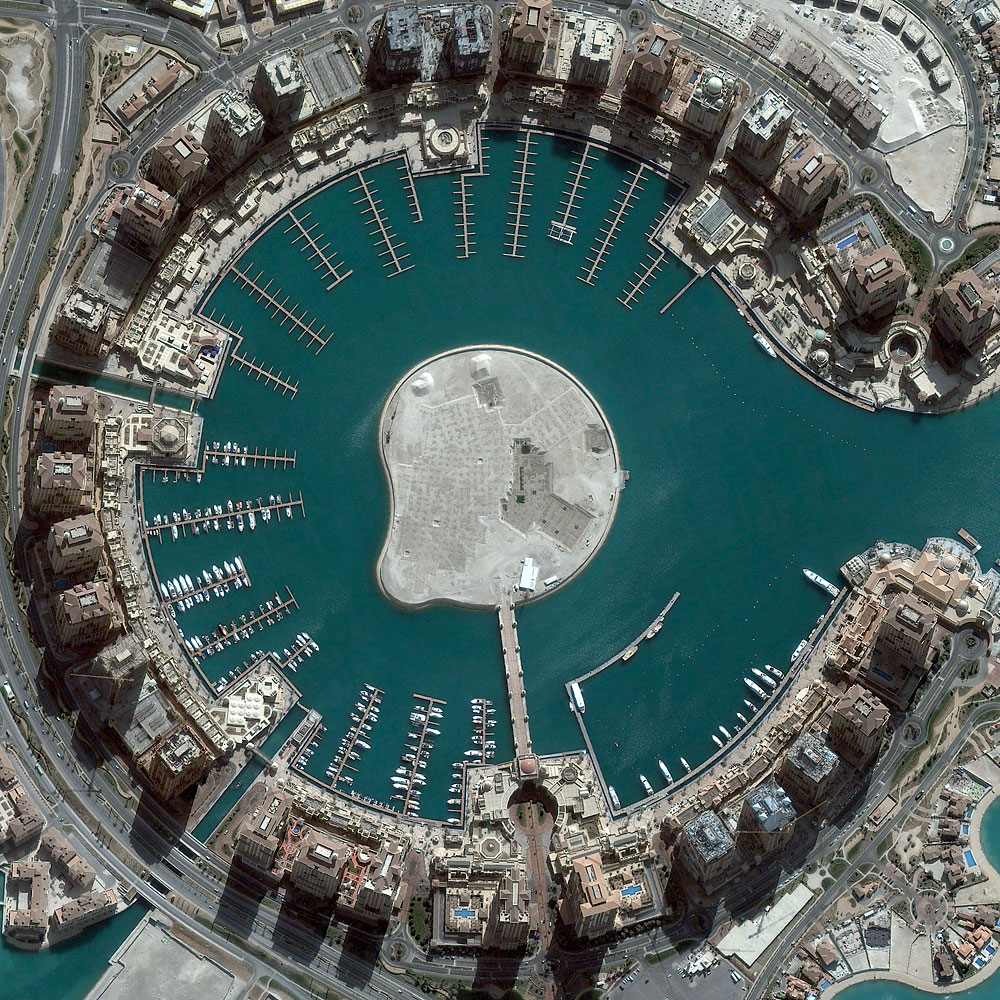
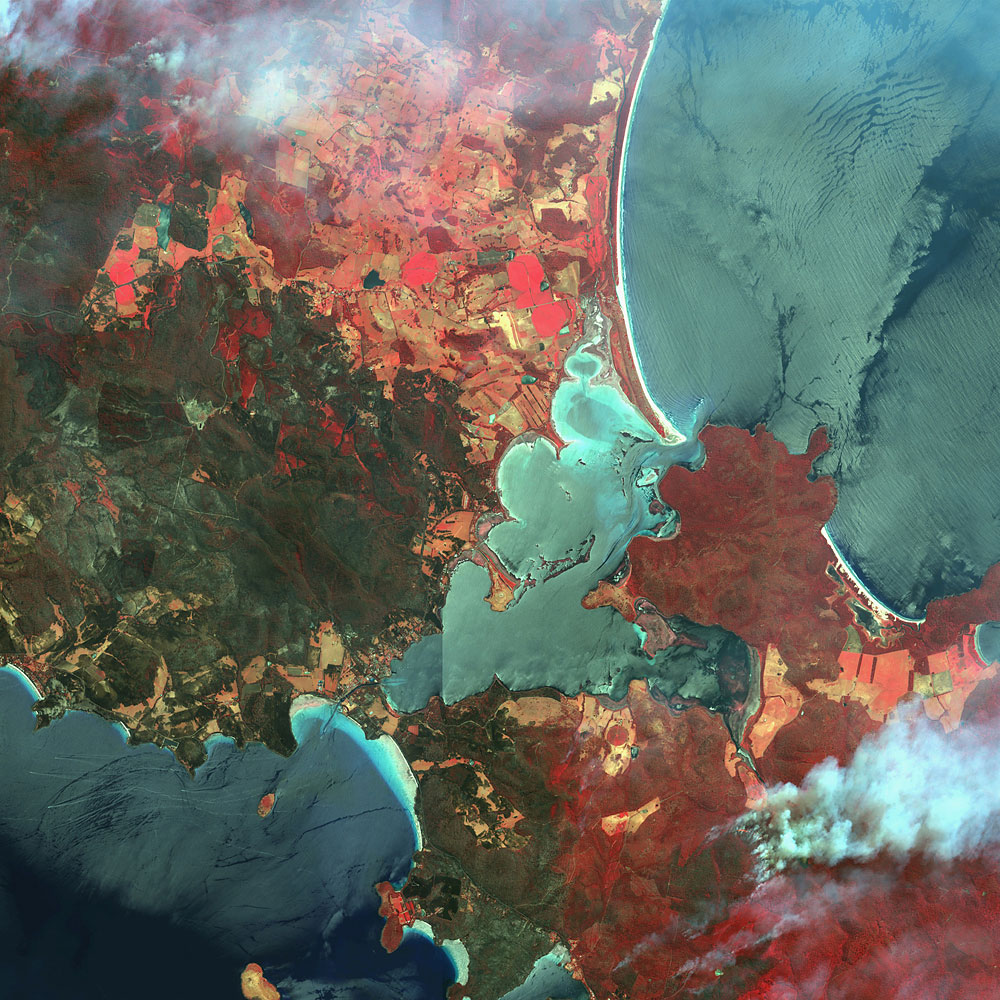
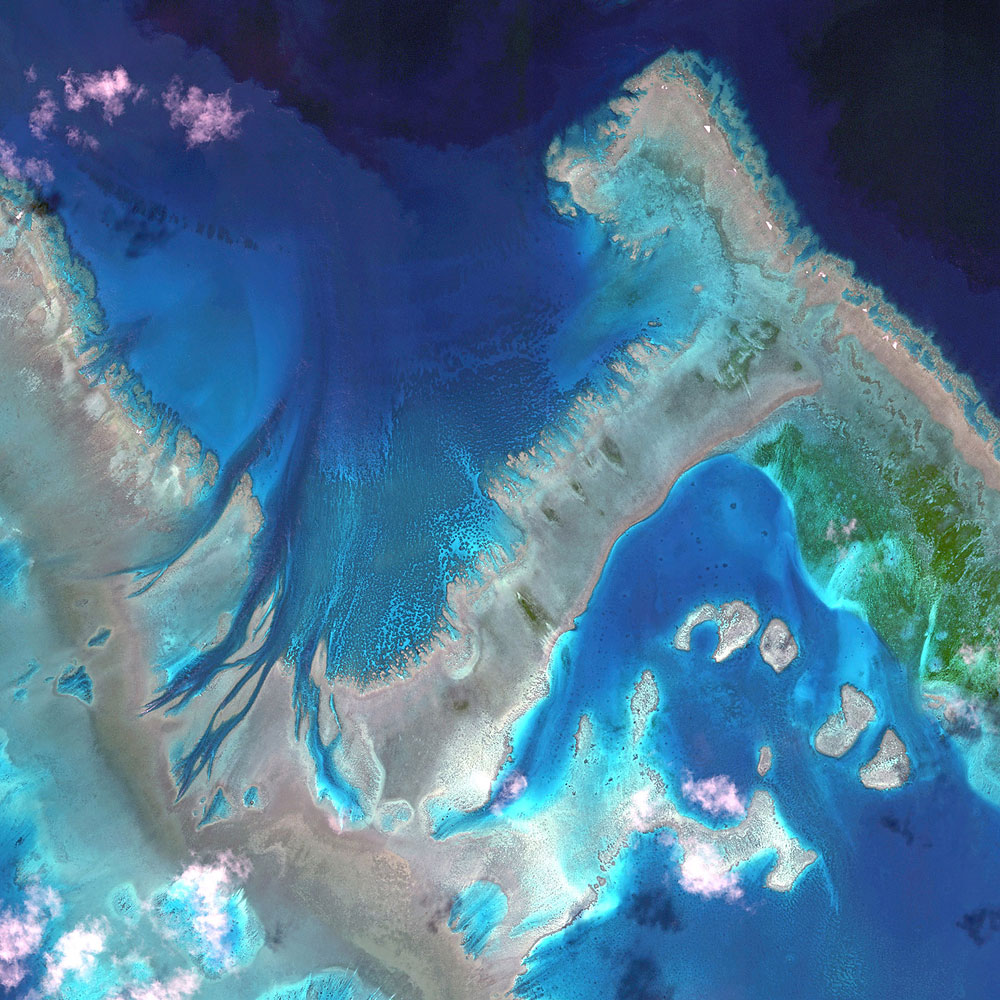
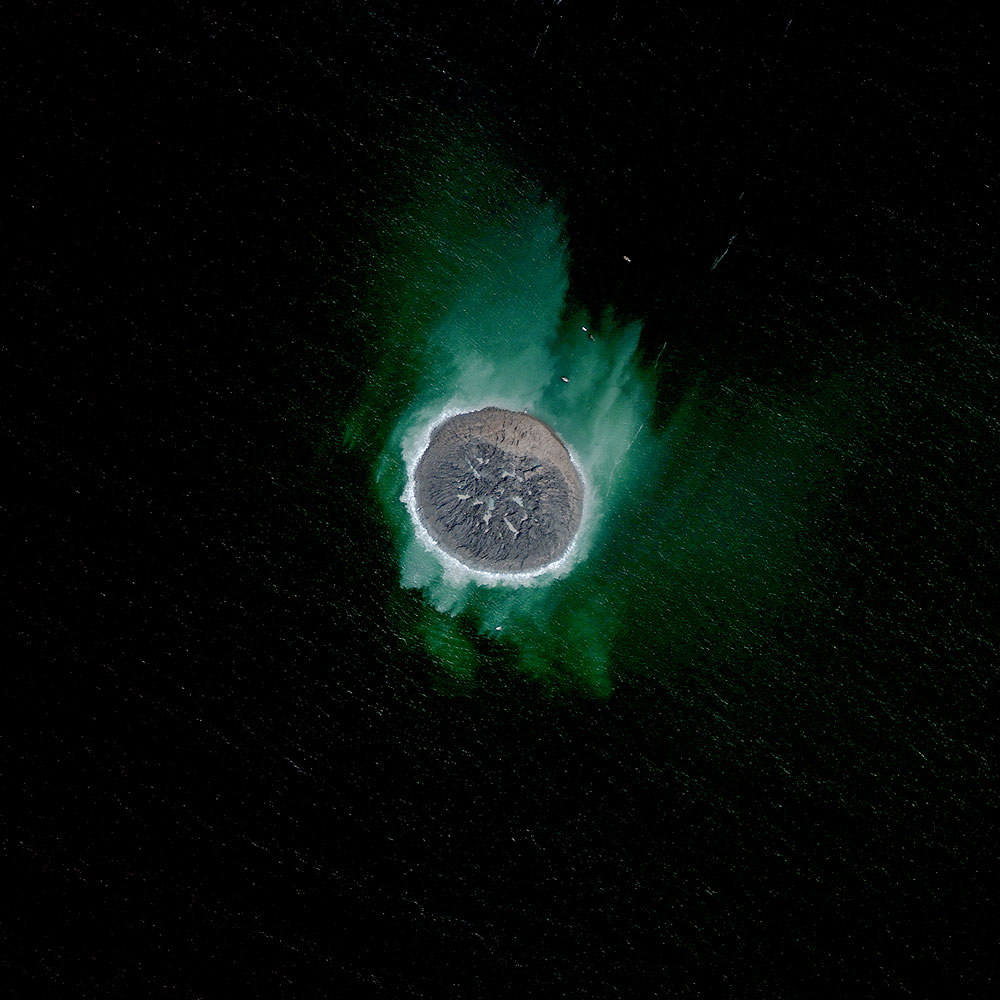
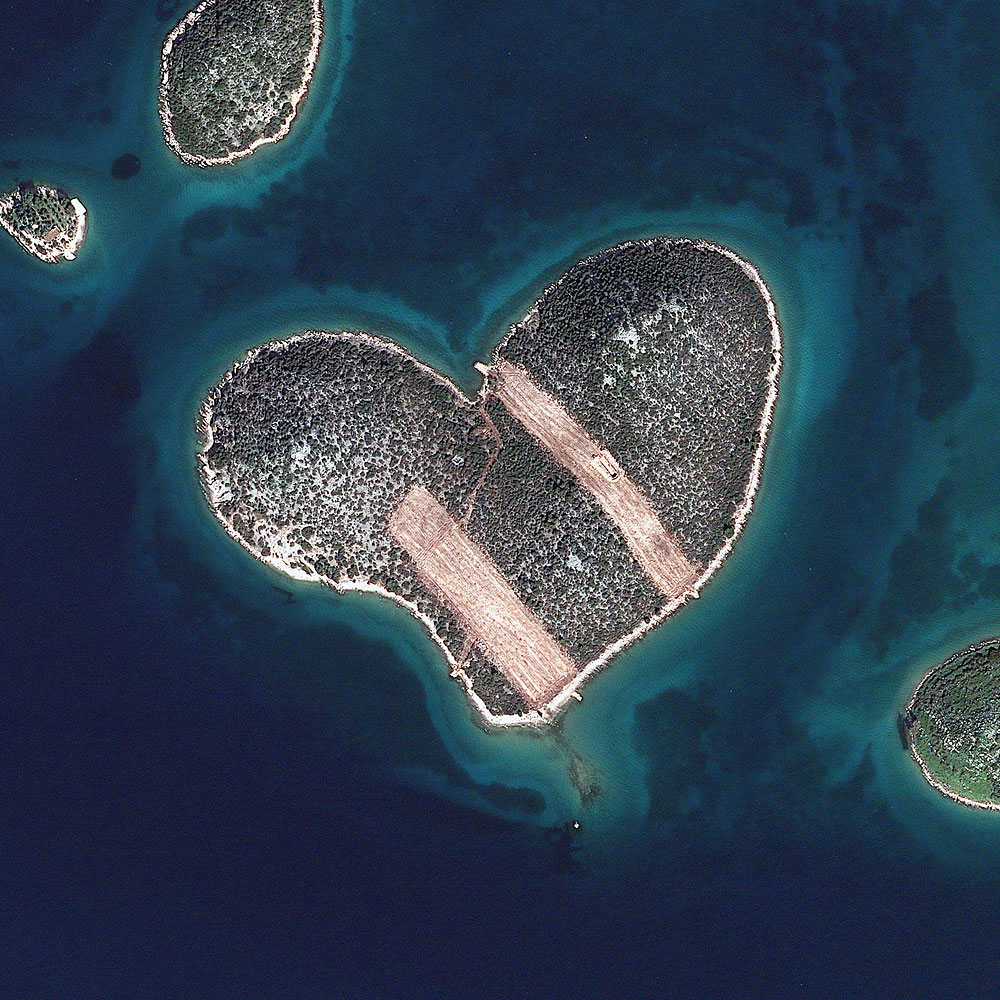
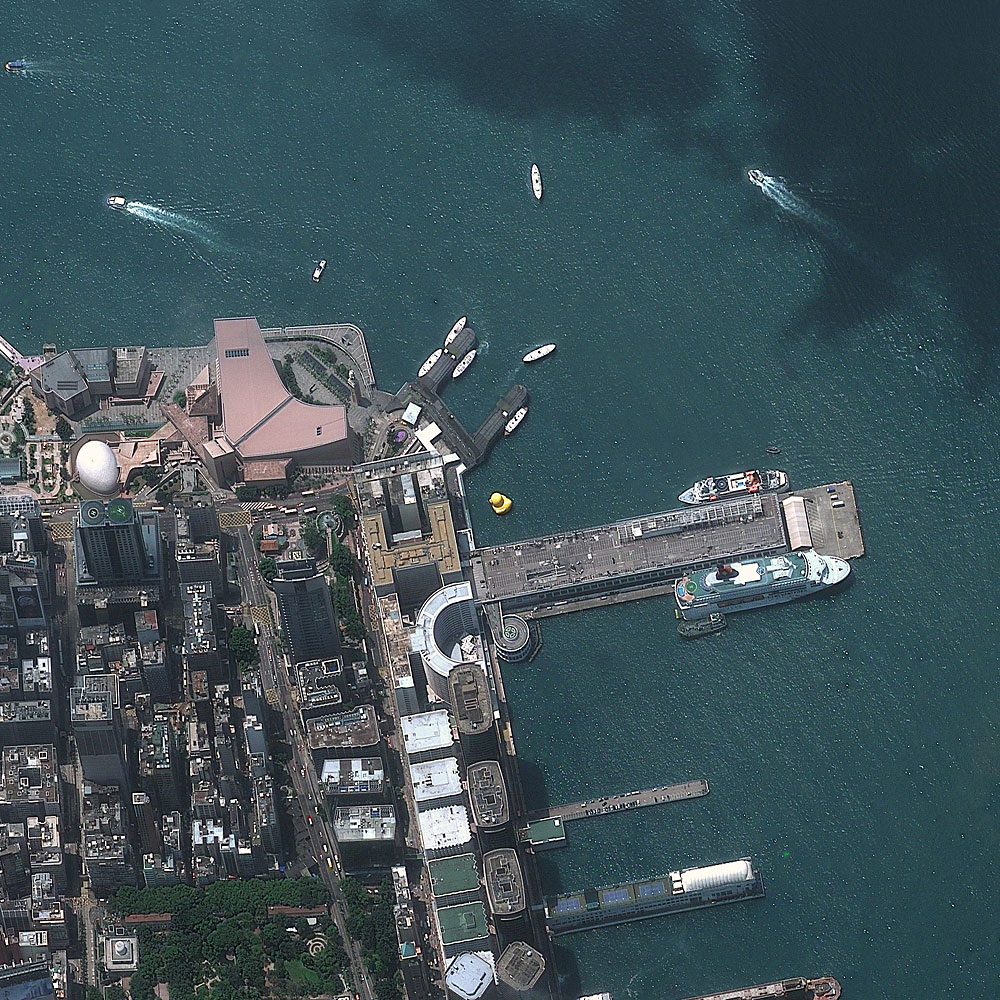
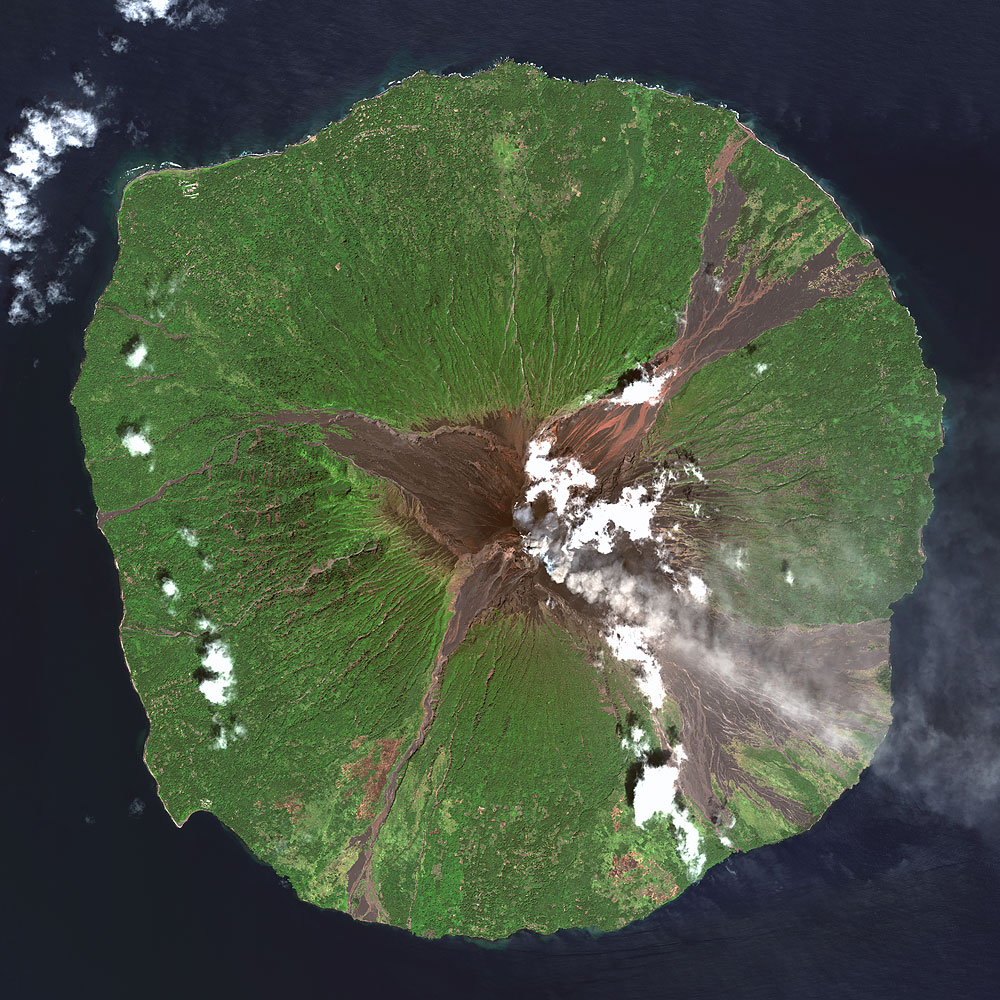


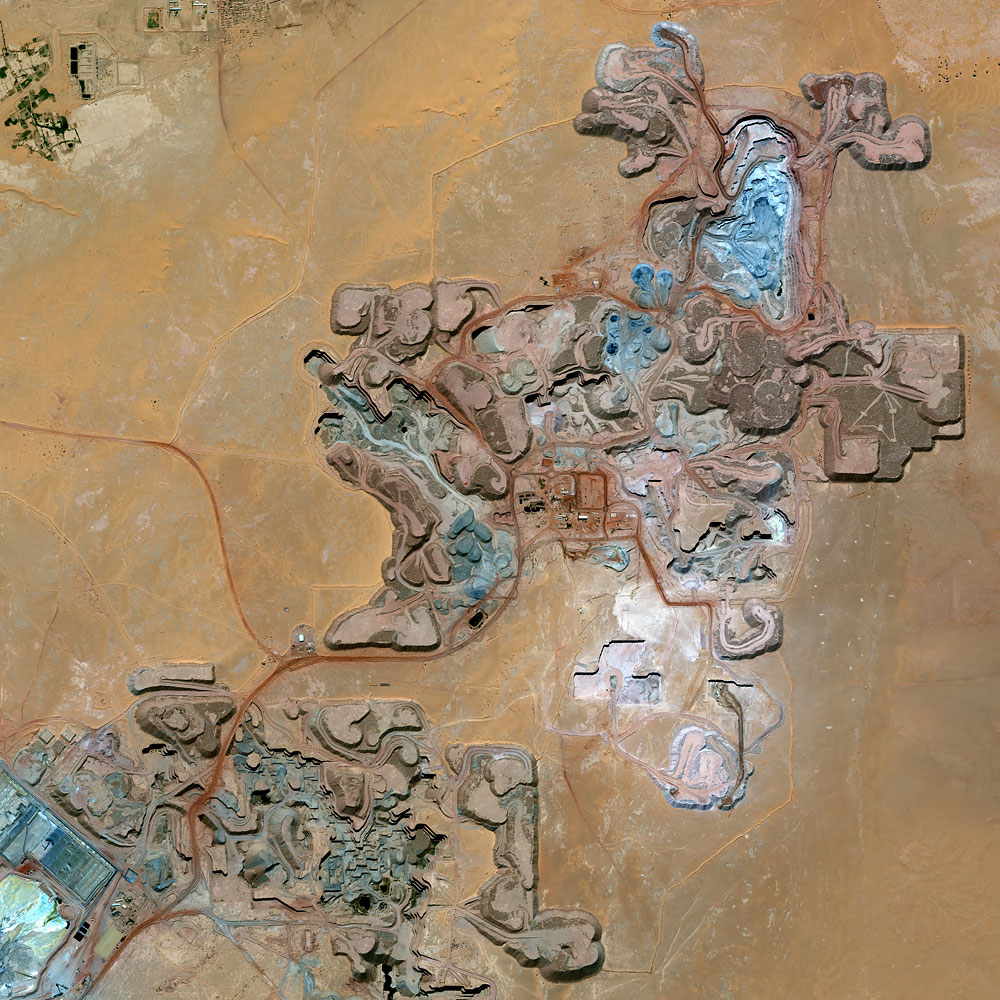
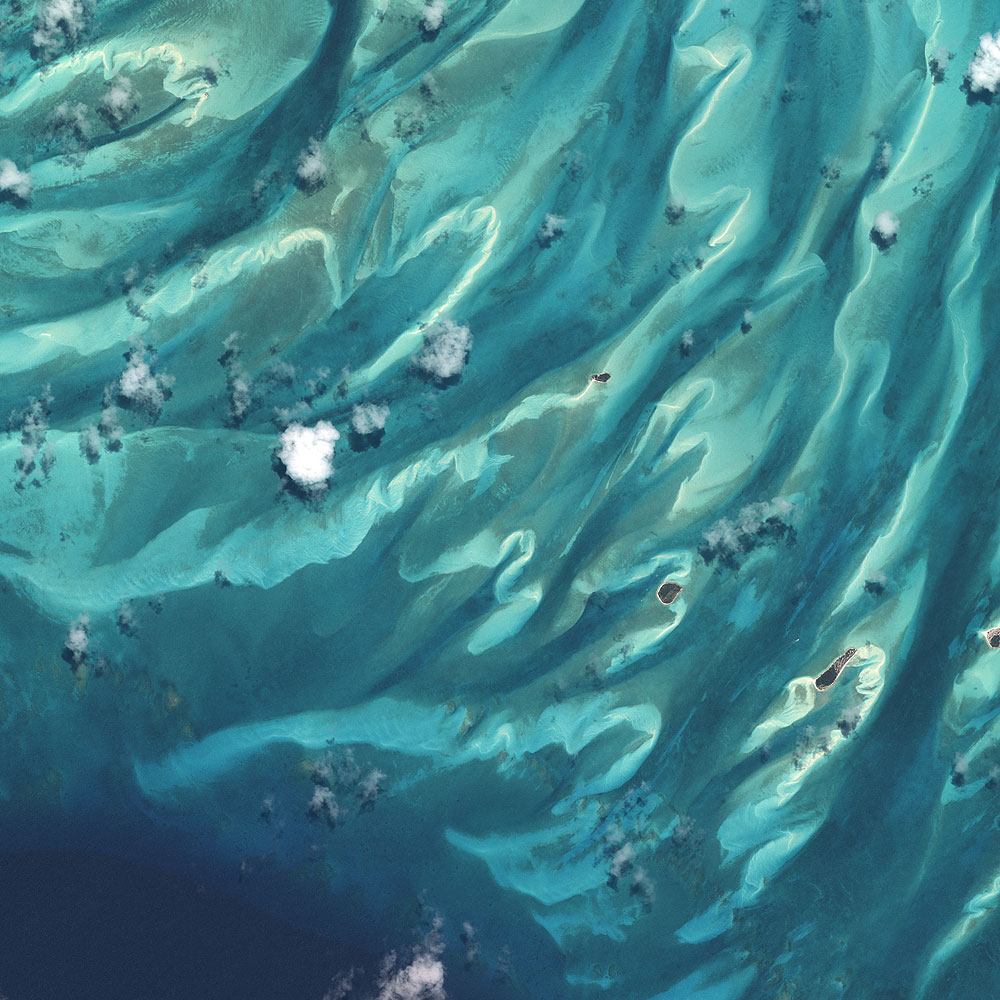
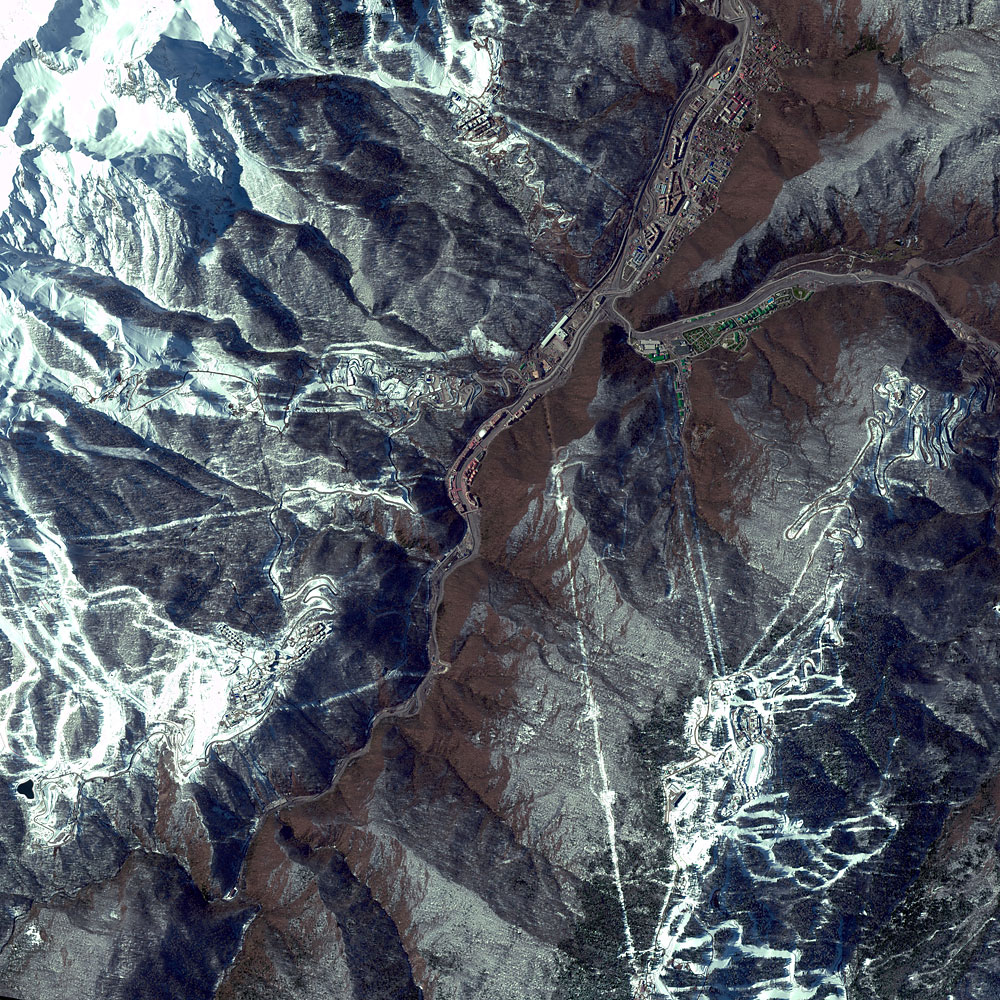
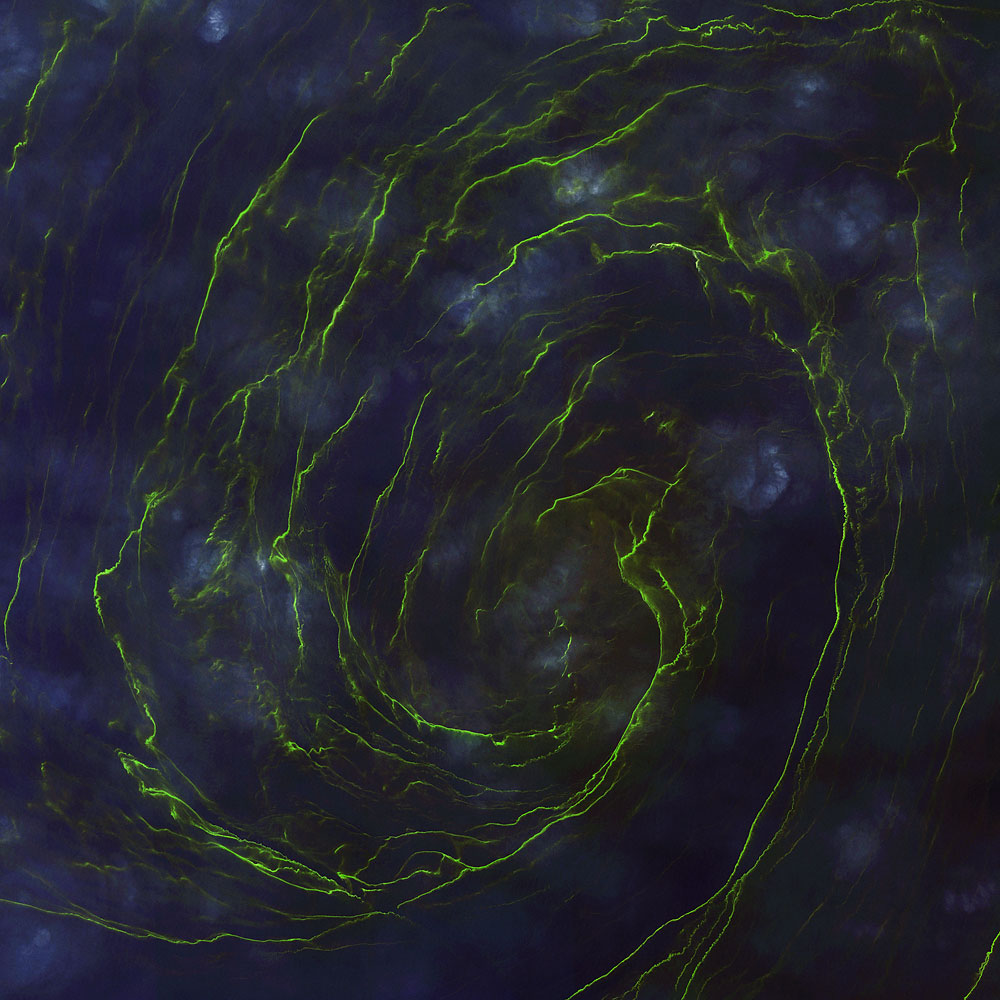
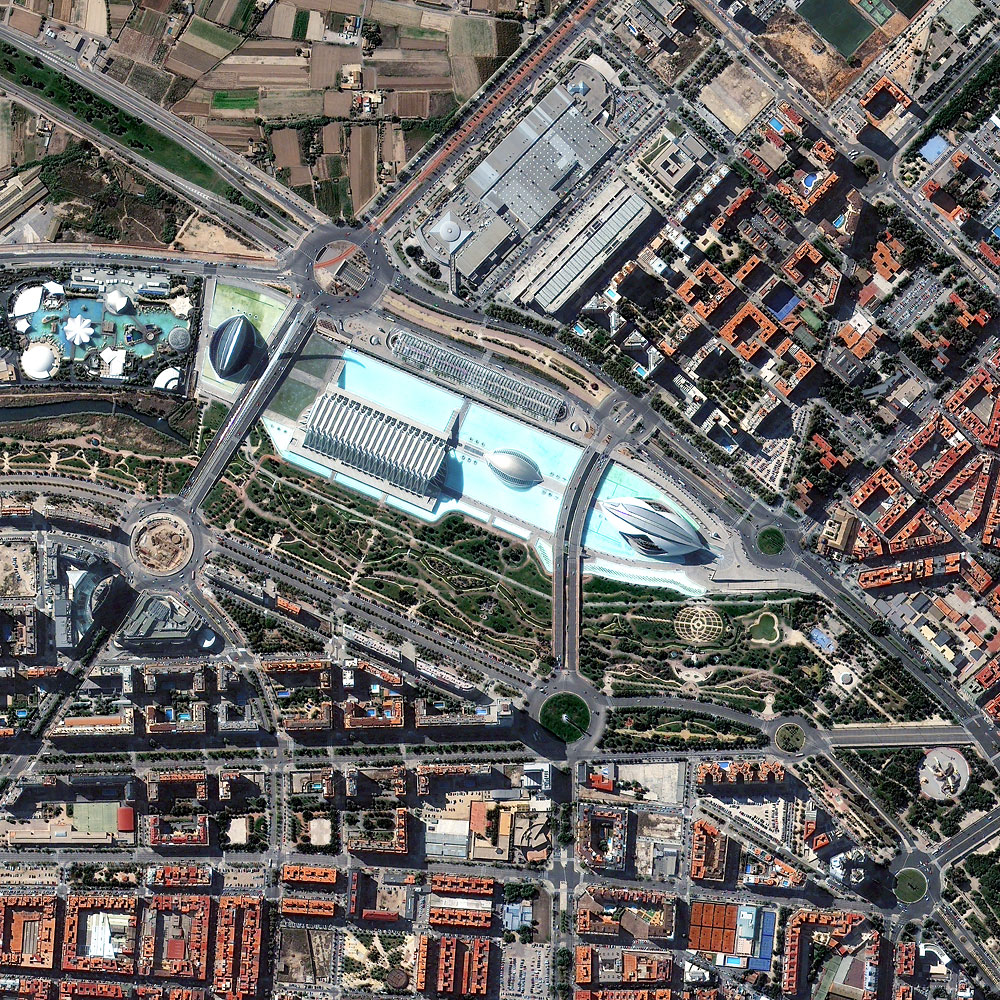
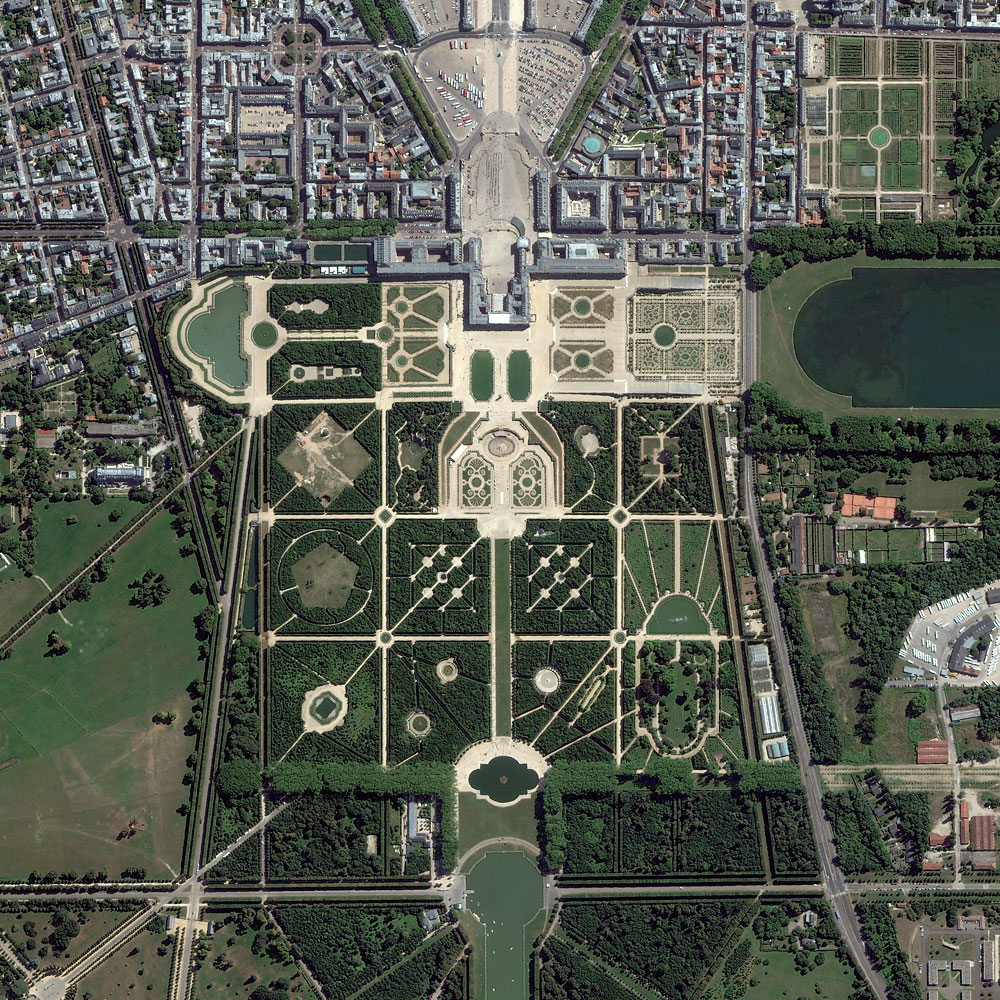
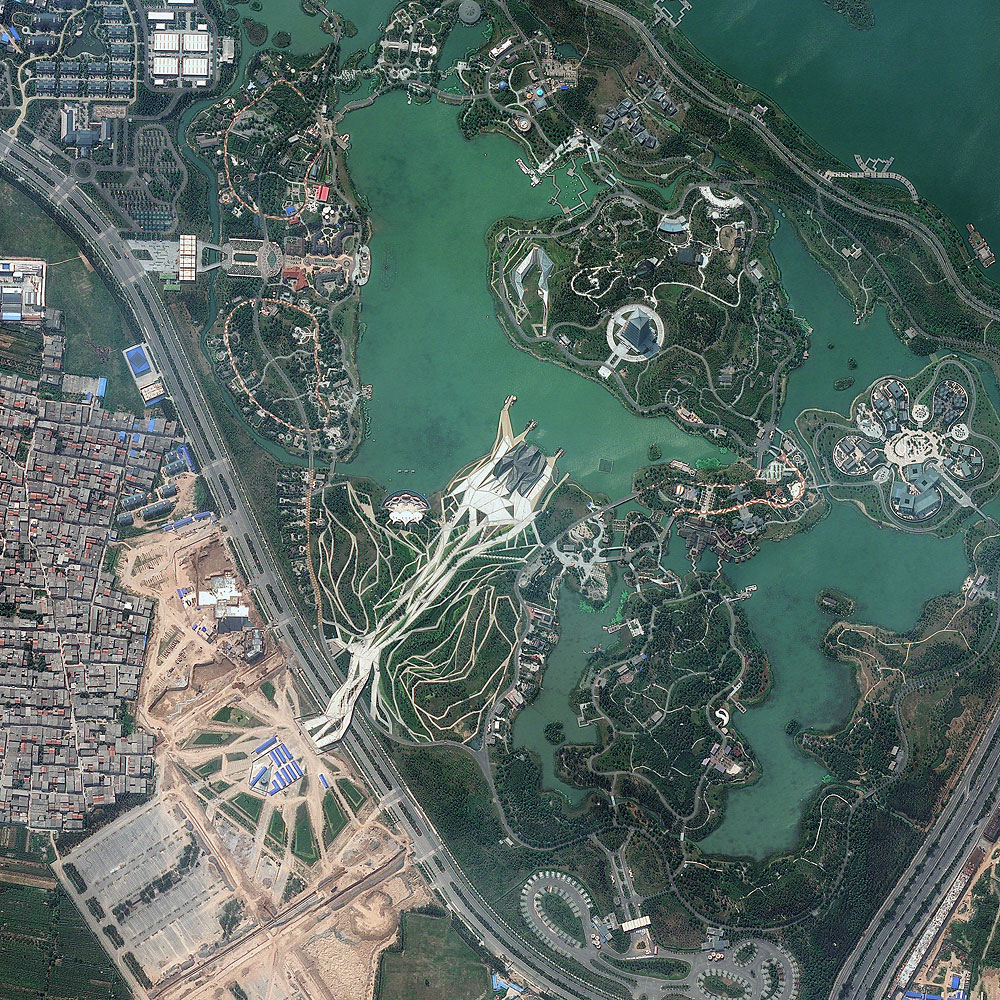
More Must-Reads From TIME
- The 100 Most Influential People of 2024
- Coco Gauff Is Playing for Herself Now
- Scenes From Pro-Palestinian Encampments Across U.S. Universities
- 6 Compliments That Land Every Time
- If You're Dating Right Now , You're Brave: Column
- The AI That Could Heal a Divided Internet
- Fallout Is a Brilliant Model for the Future of Video Game Adaptations
- Want Weekly Recs on What to Watch, Read, and More? Sign Up for Worth Your Time
Write to Lily Rothman at lily.rothman@time.com
